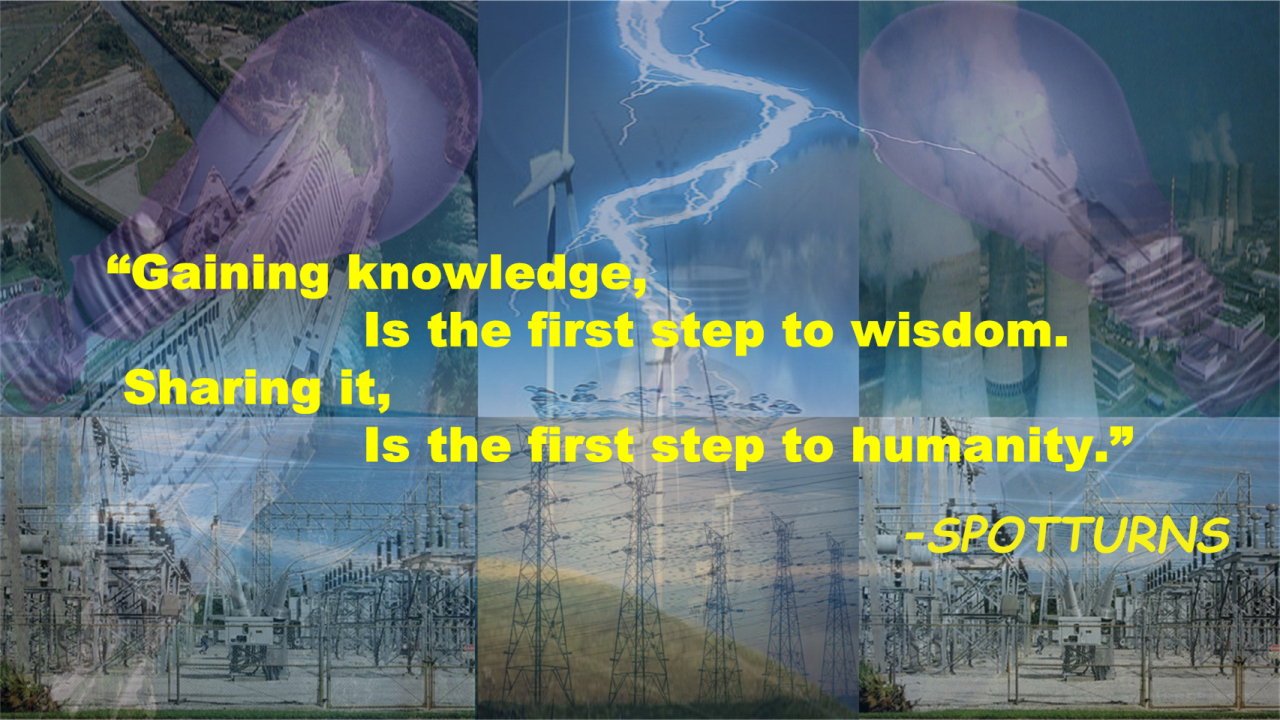
The Video Explanation
When light crosses into a new medium, some of the light will refract (bend) and some of it will reflect. The angle of refraction is given by Snell's Law:
Where n is the index of refrection, a property unique to each material. This, and the reflection, is shown in the following diagram.
Figure 4: Light refracts and reflects at the barrier between air and water.
Where θ1 is the angle of incidence, or the angle of the source of light, θr is the angle of reflection, and θ2 is the angle of refraction. However, Snell's Law will result in error when n1 is greater than n2. This is called a critical angle, and it is the minimum angle at which all light is reflected. The critical angle can be defined by:
This is the limiting case. If n1 ≥ n2, then θ2 = 90°.
In this case, nair = 1.00 nwater = 1.33. Therefore:
In this demo light will continually reflect through the stream of water creating total internal reflection (TIR). The stream of water will 'carry' the light though, to the end of the stream.

Figure 6: Total Internal Reflection (TIR) causes light to bend through a stream of water.Total Internal Reflection is the principle behind fiber optics.

For more information see Wikipedia's entry on Fiber Optics. http://en.wikipedia.org/wiki/Optical_fiber.
Materials
- empty soda pop bottle (2 liter)
- tape
- hand drill
- drill bits
- water
- green laser
- bucket
- old books, etc for stands
Procedure
- First set up the soda bottle by drilling a hole near the bottom of the bottle. Begin with a drill bit that has a diameter which is slightly larger than the diameter of the laser that will be used. We used a 1/4 inch drill bit, however sizes as small as 7/32 inch worked as well.
- First tape the hole and then fill the bottle with water. The cap will prevent leaking because it creates a vacuum in the bottle.
- Stand the soda bottle on top of a stack of books so the hole is facing the bucket. The laser should be placed in a binder clip so it stays on, and then set on a stack of books and papers. The laser should be lined up so that the laser light goes through the soda bottle, and into the center of the hole. See Figure 2 (top left picture) for details.
- Carefully remove the tape and then unscrew the top of the soda bottle. The light should reflect within the stream of water so that you could see at least a few points of reflection. The light should be visible through the entire stream.
- If the reflections of the light isn't clear, it may be necessary to expand the hole by drilling through the existing hole with a larger drill bit. This process may need to be repeated several times.











